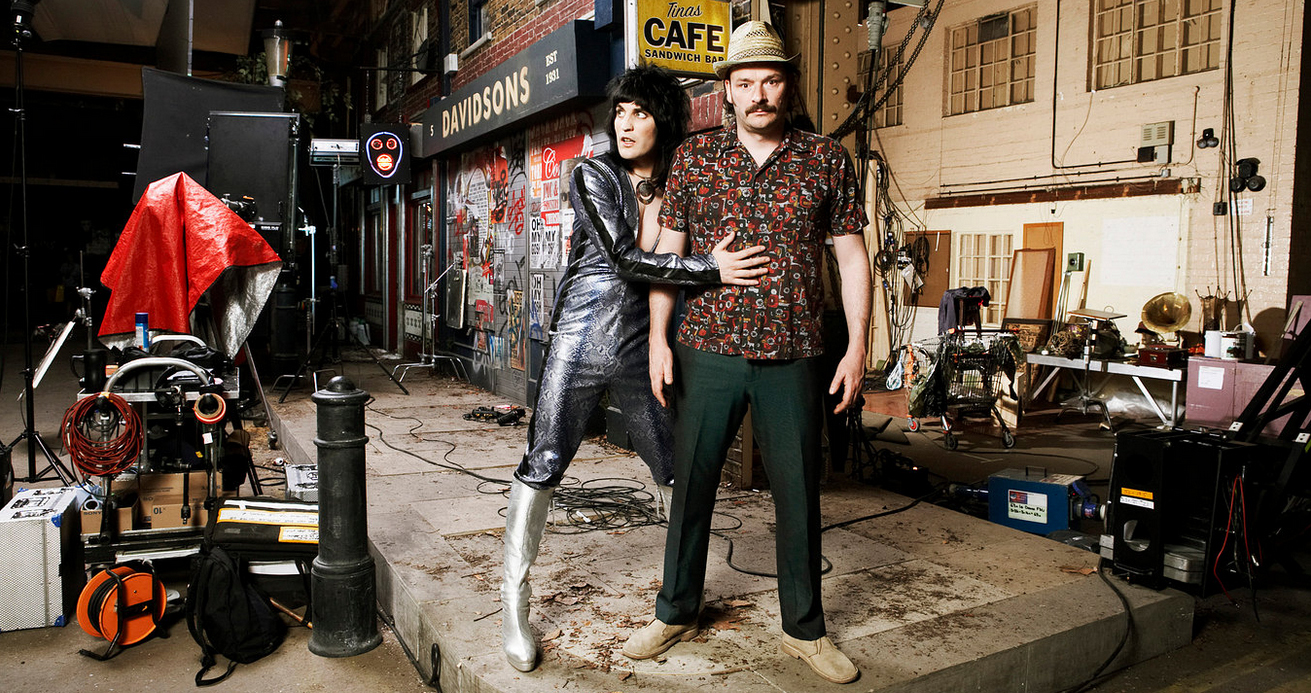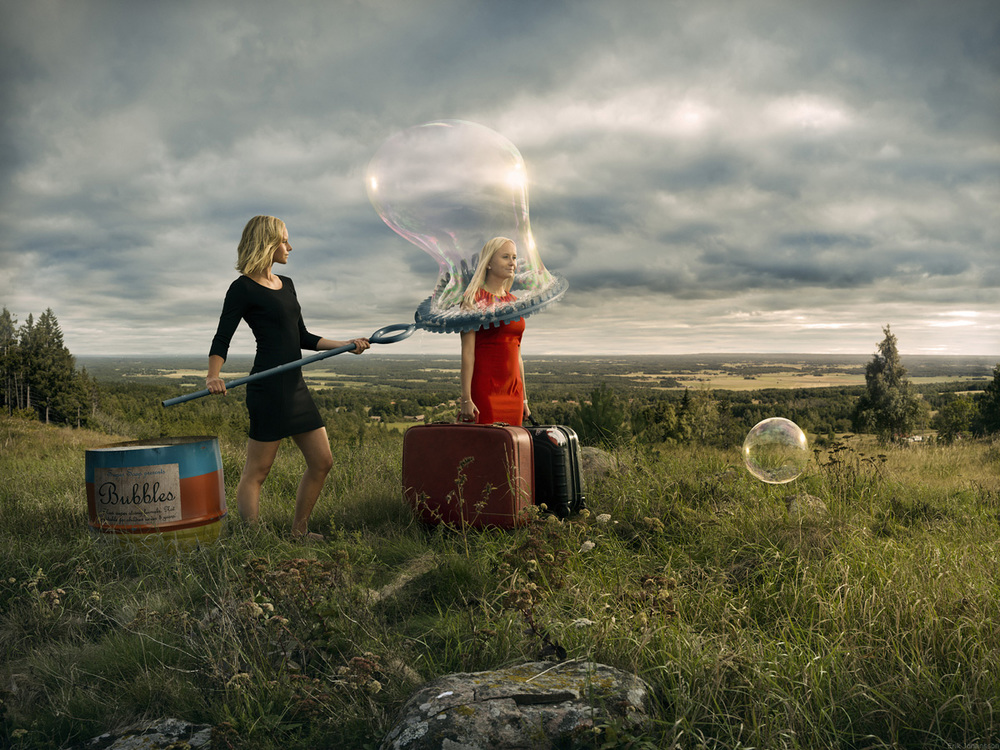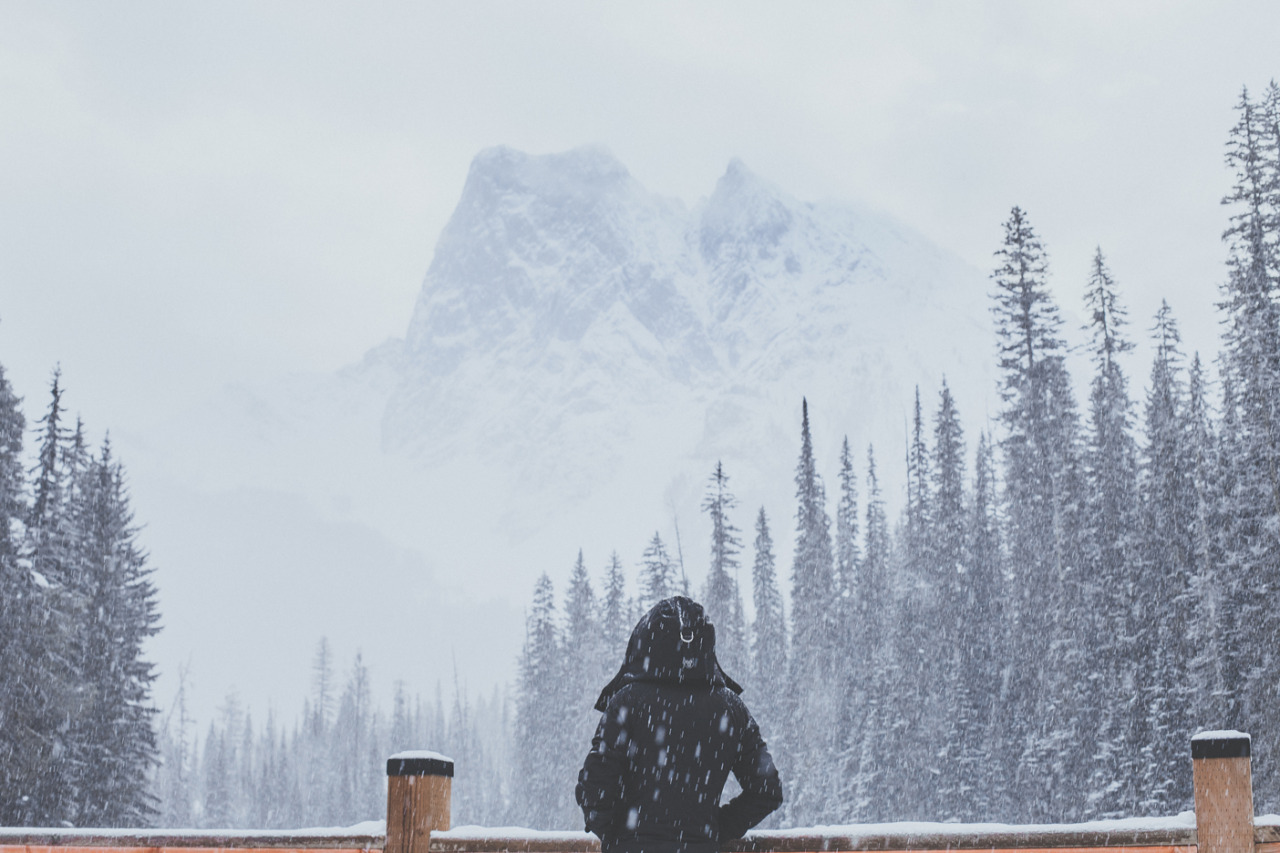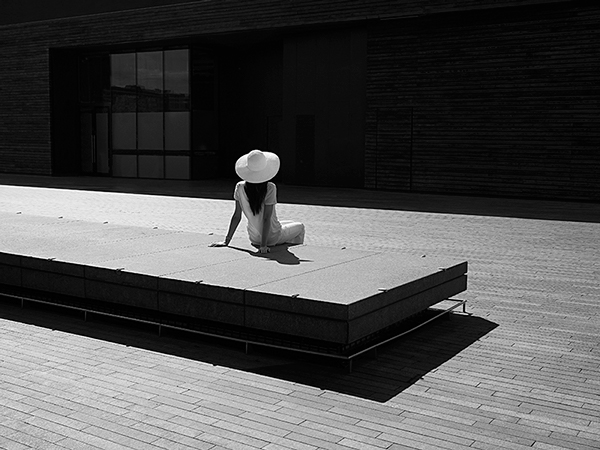Essex born photographer Dean Chalkley had a strange career path before becoming a highly acclaimed photographer. Here’s the story behind his inspiration and incredible work.
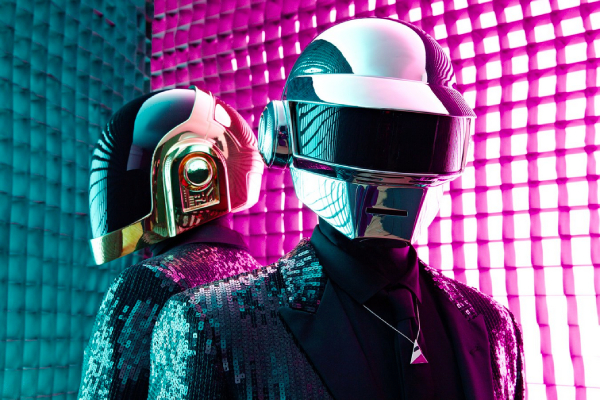
Reflecting on the 1980s and the mod revival; Dean remembers himself as “…a hardened mod, totally into scooters, dressing flamboyantly, in cravats and so on.” Towards the latter part of the decade, the Acid House movement coincided with his discovery of photography. After leaving school his interest had been in fashion, particularly the kind that was heavily influenced by music. His first venture was as a bespoke trouser maker for a couple of years but upon fathoming the debt involved in starting a business alone, he took a swift change in tack and became a Civil Servant.
During his time with the Civil Service, he was sent on an A-Level course in Photography to help his work and day-to-day duties; studying towards a Photography degree at Blackpool and The Fylde College then followed this. Upon the completion of his degree course he moved to London and assisted two notable photographers, Malcolm Venville and afterwards Seamus Ryan.
Dean’s first professional work came when shooting for Dazed & Confused magazine and was followed with regular contributions to Mixmag to provide cover shoots, inside features and covering club-season Ibiza.
We got in touch with Dean for a brief chat about his latest work…
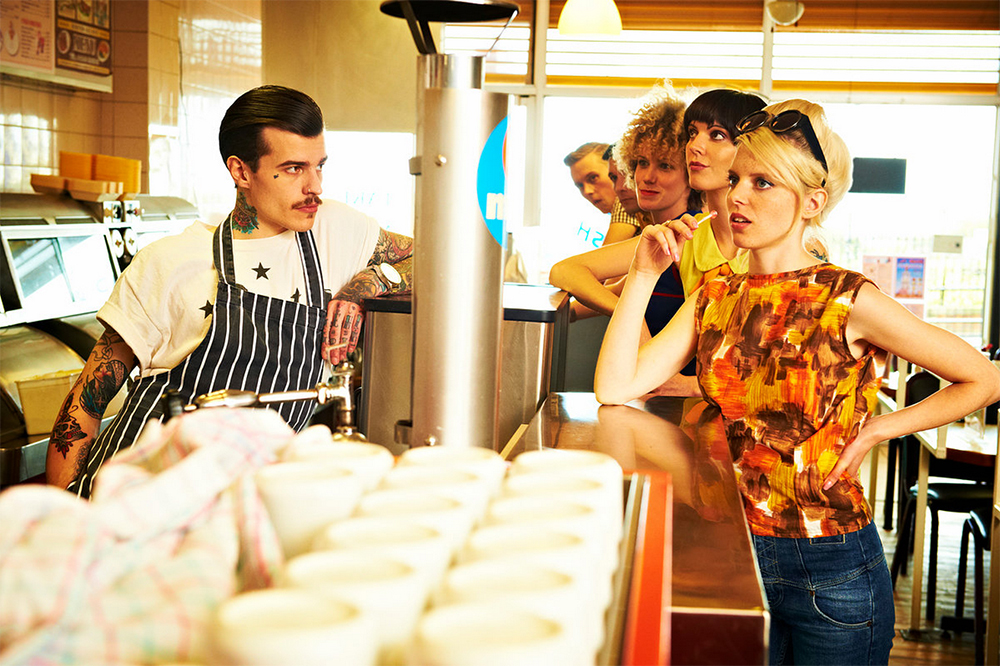
Tom Burgess: How do you manage the work/pleasure balance when it comes to your work, is there ever a great difference between the two?
Dean Chalkley: Taking photographs has always been pleasurable to be honest and the way that I negotiate through the avenues and alleyways (that’s a Tony Christie reference, you’re welcome) of what I do is guided by what I find interesting. The reality of the situation is that I believe for me in order to function as a creative person I have to care. Ok, there are times when you might wonder if what comes up is going to be right for you, there are also some decisions that I have made, like things I chose not to do that could have provided me with a more comfortable life but would they have? To me treading through life is very much a case of trying to do what you want to do I 100% believe that you need money to live but money is a short term motivator. Throughout I think there is a continuity and consistency this comes in the form of my viewpoint rather than a strict stylistic dogma or indeed only doing one genre of photography. Odd things do come up and I think about them and base the decision on a broad set of considerations. I see the fun and interest in many things that might not be obvious so I look at the opportunity in a philosophical way I suppose, I never lead decisions with thoughts of the bank account.
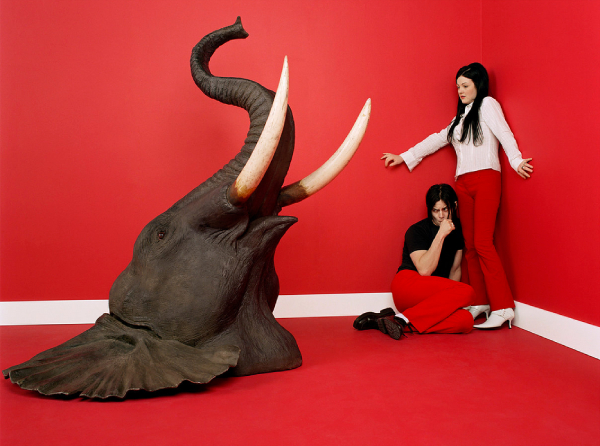
TB: I’ve seen your White Stripes photo with the Elephant EVERYWHERE. I believe actually had it on my wall for a while as a teenager when it came with the NME. Who have been your favourite musicians to work with? As a huge music fan, has there been anybody that you’ve been particularly awestruck with?
DC: I’m glad you like that image; The White Stripes were incredible to work with. I shot them several times in London, Paris and even on a Cowboy ranch in Nashville, really great people to work with. I like hanging out with musicians even though I can’t play an instrument myself (…I’ve had a go at the guitar and the sax but I prefer to collect records and DJ although I reckon I’d be an ok record producer) …Anyway, I suppose musicians lives are directed by things that others are not, I have enjoyed working with unknown musicians just as much as household names, when on a shoot I tend to immerse myself in their world. I normally do a bit of research if I don’t know them and the ideas often form at that stage, once on the shoot it becomes an organic thing. There are certain margins in which you work but I believe my job it to explore within them. The results can be radically different from where you set out from or what you had in mind as a predicted result, I like that.
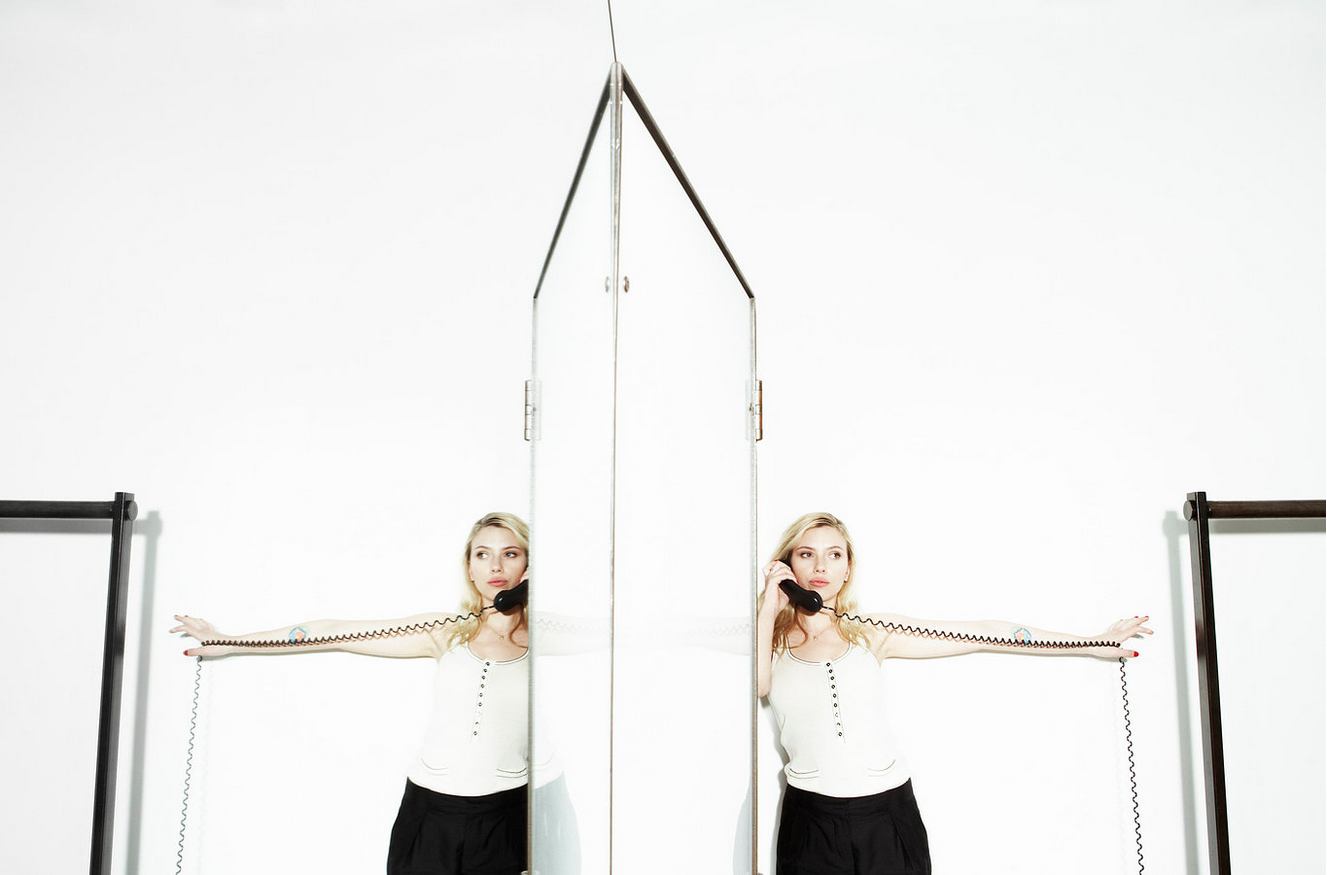
I don’t get awestruck really, there are people that I really respect and if they have had an impact on my life it is a thing I occasionally have to be aware of but I just get excited and channel that into the thing that we are doing… I think this disconnection is good for the mind, otherwise… Well, who knows what could have happened over the years?
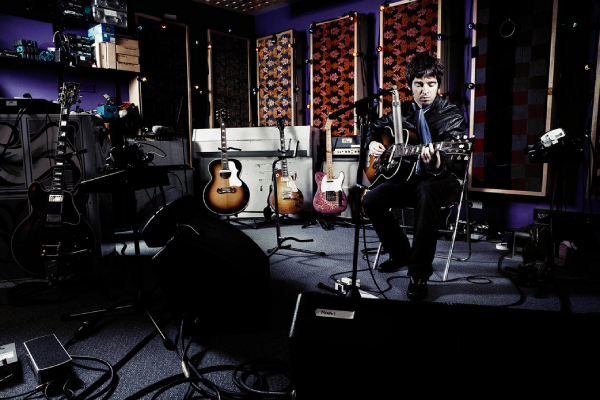
TB: Have you got any individual favourites that stand out or are you now at the point where have you taken so many photos that choosing would be impossible?
DC: Blimey, yes I’ve shot quite a few photographs over the years. There are some that have become well know and others that have gone under the radar this can be due to the notoriety of the subject of course, but I look way past any notion of fame when I gauge what is successful in my mind. The Return of the Rudeboy project that I did with Harris Elliott has been a collection that I’m very proud of. The velocity of my work has been great for some years now. This means that there is not a great deal of time for reflection and that is certainly not a bad thing, things move fast here and to be honest there is stuff I’m working on this afternoon that I am as in love with as anything else.
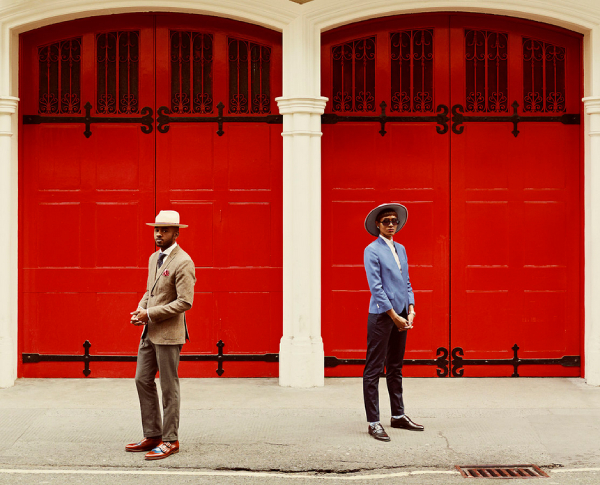
TB: How are you finding the reaction to Return of the Rudeboy with the NYT writing about it a year after the exhibition?
DC: Return of the Rudeboy is an incredible thing, Harris and I began the project with no real goals apart from our NEED to present what we felt was happening. There is no big plan, nothing like that at all, but as we began and we realised that it was coming to life. The integrity of this project is very high, nobody was styled or told that they should wear this, that or the other. Far from being a street style shoot scenario, we connected with people and then introduced them to what we were doing and then arranged to shoot them.
Putting on the show at Somerset House was beyond our wildest thoughts when we originally set out. To take it to Tokyo, release a book and for it to be talked of in such high places as the New York Times is incredible. Return of the Rudeboy has gripped people, people can associate with it and it is happening. It is an important cultural message and refers to a previously very underdocumented group, in saying that, this is not a retrospective thing. Although we pay respect to the past this is very much about the 21st Century Rudeboy. I do love the collection and working alongside my friend and creative director Harris Elliott is a pleasure. It has been a voyage into the unknown but through our tenacity and unwillingness to take no for an answer we have guided this very exciting and timely body of work forward.
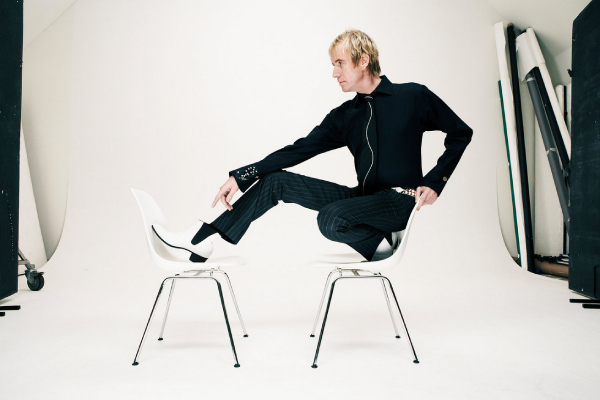
TB: What are the plans for the future?
DC: So the future… Return of the Rudeboy continues to evolve and this will be interesting, outside of that there are many shoots that I’ve done, they will be released shortly and I’m keen to see them as they were fun to do, (I can’t tell you who they are of unfortunately but enough to say one guy is Welsh and another was in Mad Max the film). There are always things coming up, I generally have jobs panning out in the future like stepping stones but then immediate jobs happen normally with only a matter of days notice, these can be national or international. I’m also preparing a brand new photographic essay called ‘Never Turn Back’ It will start in Norwich and then come to London. To quote the press release…
‘This exclusive new photographic essay is an ode to friendship, space, and free spirit.’
We have not officially announced the exhibition yet but I can tell you that it will begin on the 8th Oct.

